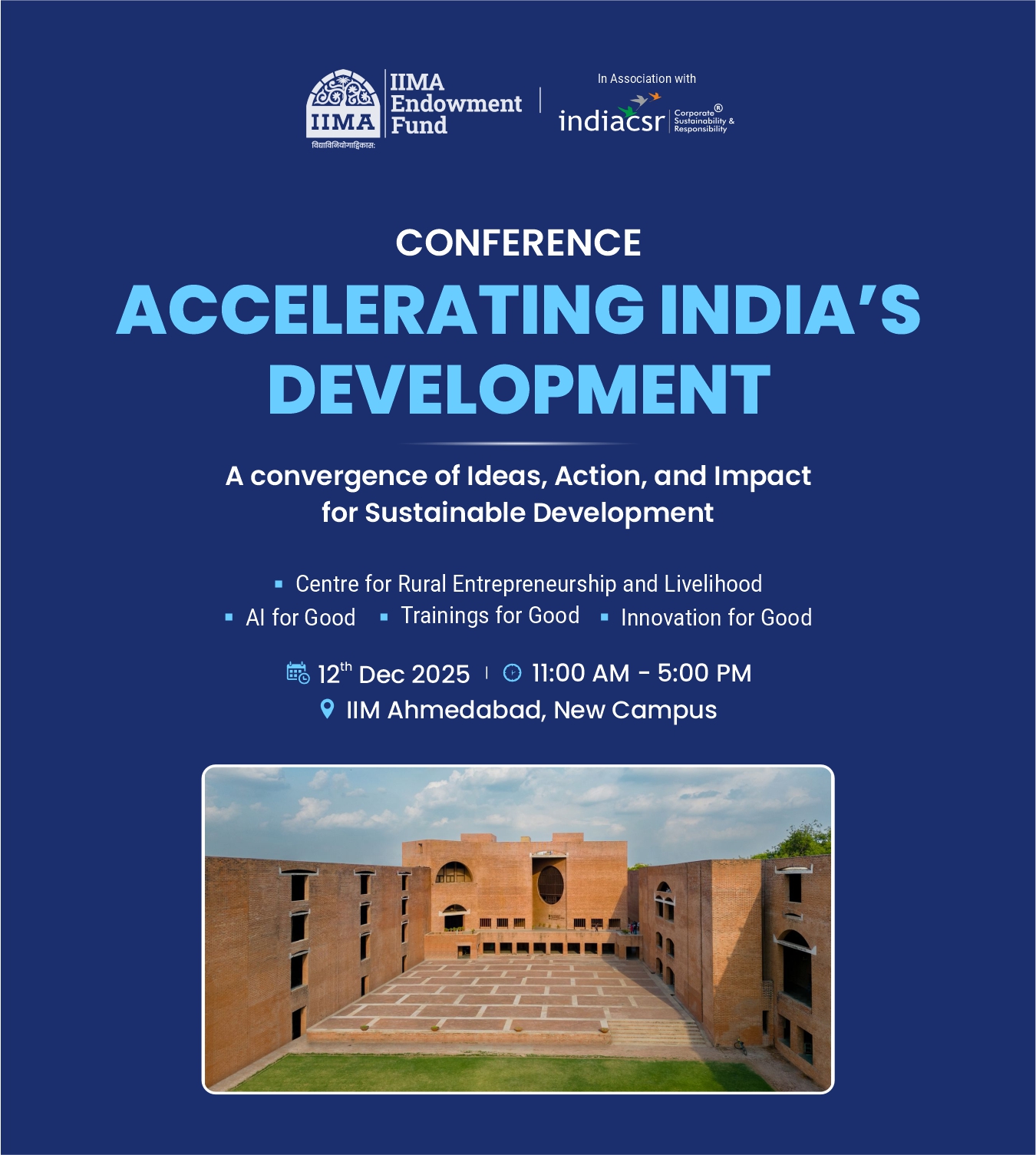According to the World Bank report, the lockdown in India impacted the livelihoods of nearly 40 million internal migrants
By Rinika Grover
The pandemic is creating fears and uncertainty, as there appears to be only suppositions on how it will end and what post COVID-19 scenario would be. Nearly two months have passed since the fear of coronavirus engulfed our thoughts, and we are left with two words, ‘new normal’, that are more or less engrained in our thinking. The current situation is best described as the parable of blind men and an elephant, where the blind men try to visualise what the elephant is by feeling it, however each one has a different version in their head. And there is no consensus.
In an effort to contain the pandemic, India announced its first lockdown for a period of 21 days towards the end of March, which later was extended to May. Post the announcement, we saw a mass migrant exodus from major cites as they not only lost their livelihood but feared death due to starvation, With all economic activity being paused, returning to their native villages seemed to be an ideal solution given the overheads in the cities. The news read ‘India is walking home’ as most of the public transport came to a halt, which initiated the arduous journey by foot. The scene outside our condominium in Haryana was pretty grim and disturbing. A woman carrying her little infant tied to her chest with a long cloth, and heavy luggage on her head in the scorching heat, is one image that tugs at the heartstrings.
Also Read: Decoding Net Zero – Scope 3 emissions, a missing piece of the NetZero puzzle!
There was complete mayhem in the city as thousands of people flooded the Bus Station in the hope of finding a public transport to their native place. Soon social distancing norms were discarded, as people were packed like sardines in the buses that drove them back. According to the World Bank report, the lockdown in India impacted the livelihoods of nearly 40 million internal migrants. The mass movement has raised concerns on the looming crisis that engulfs the economy. Will there ever be a reverse movement after a lift on the lockdown? It’s hard to ascertain if people, who have already been through an ordeal, would like to return. The speculation is that the fear of COVID-19 and the hardship experienced walking miles to their final destinations would possibly be sufficient reasons for them not to consider a move back in the imminent future.
There was something forlorn and unsettling about the situation as the city turned into a ghost town with deserted roads and only sighting of stray animals. Since the time COVID-19 cases emerged in India, the corporate funding mainly under CSR spends were diverted to arrest the spread. The focus has been towards addressing immediate relief work, mainly by providing essential supplies to migrants or daily wage earners.
The funding wasn’t just limited to Corporates but a lot of donation was made in individual capacity too. Even the Ministry of Corporate Affairs came out with a directive on CSR expenses that qualify as COVID-19 relief. Amidst all of this, there has been a lot of brouhaha about an ideal approach for utilising CSR funds. Would a centralised model of management be beneficial or a more decentralised approach on utilising CSR funds in the current climate? Whatever be the approach to ascertain the method of deployment, it is clear that we need to be nimble and provide migrants with some level of security and sustenance.
Also Read: The ABCD of how Biodiversity makes good Business sense
The diversion of CSR spends towards COVID-19 relief would have an impact on the ongoing CSR funded programmes, as it could possibly dwindle the funds earmarked to themes. The NGOs will possibly experience a precipitous drop in the corporate support, even though their contributions with the last mile connect are commendable. This is evidenced and applauded by the Government too, for NGOs support to most disadvantaged communities during these catastrophic times.
The decline in CSR funds could further accentuate in the coming year due to declining net profits, which is again a key factor in determining the 2% available as CSR funds. The overall CSR expenditure in India in 2018 increased by 47% since 2014 since the Act was first introduced. Within this the Rural Development theme accounts for about 11% of the total expenditure given its imperative nature as over 70% of the population resides in the rural sector in primitive conditions.
As more and more migrants move back to their villages, there are impending challenges. It highlights the perils of potentially over populated villages with antiquated infrastructure, which is further worsened with fewer resources given the potential discontinuity of CSR funded programmes. The situation is further exacerbated with frail health systems in the rural set up, as for over 70% of the total rural population in India, only about 36% of health workforce are available to them. This disparate distribution of health workforce can increase the adversity, and make it unmanageable.
Also Read: Are we on track to contain to 1.5°C or is it shaping to be a disappointment?
Further, its already an alarming signal that the workforce moving back will create a dire manpower shortage, that will be hard to fill. This will certainly be an impediment towards resuming operations in full swing. The shortage of labour has been raised as a concern by a few industries such as renewable energy sector and automobile sector. The situation is appalling and re-commencing of operations seems to be farfetched, as employers need to lure the migrants with safe arrangements and not just with monetary gains. The recent move is deeply engrained in the psyche and it is unlikely to alter their attitude to embark upon a treacherous journey again for livelihood.
This is where we require a more collaborative strategy, and not just nebulous interventions, on the ground to combat and contain COVID-19, an elephant that is yet not fully discovered… Until then let’s keep the ___distance and get back to work.

(Rinika Grover is Head of Sustainability and CSR at Apollo Tyres Ltd)
Disclaimer: The opinions expressed within this article are the personal opinions of the author. The facts and opinions appearing in the article do not reflect the views of India CSR and India CSR does not assume any responsibility or liability for the same.





